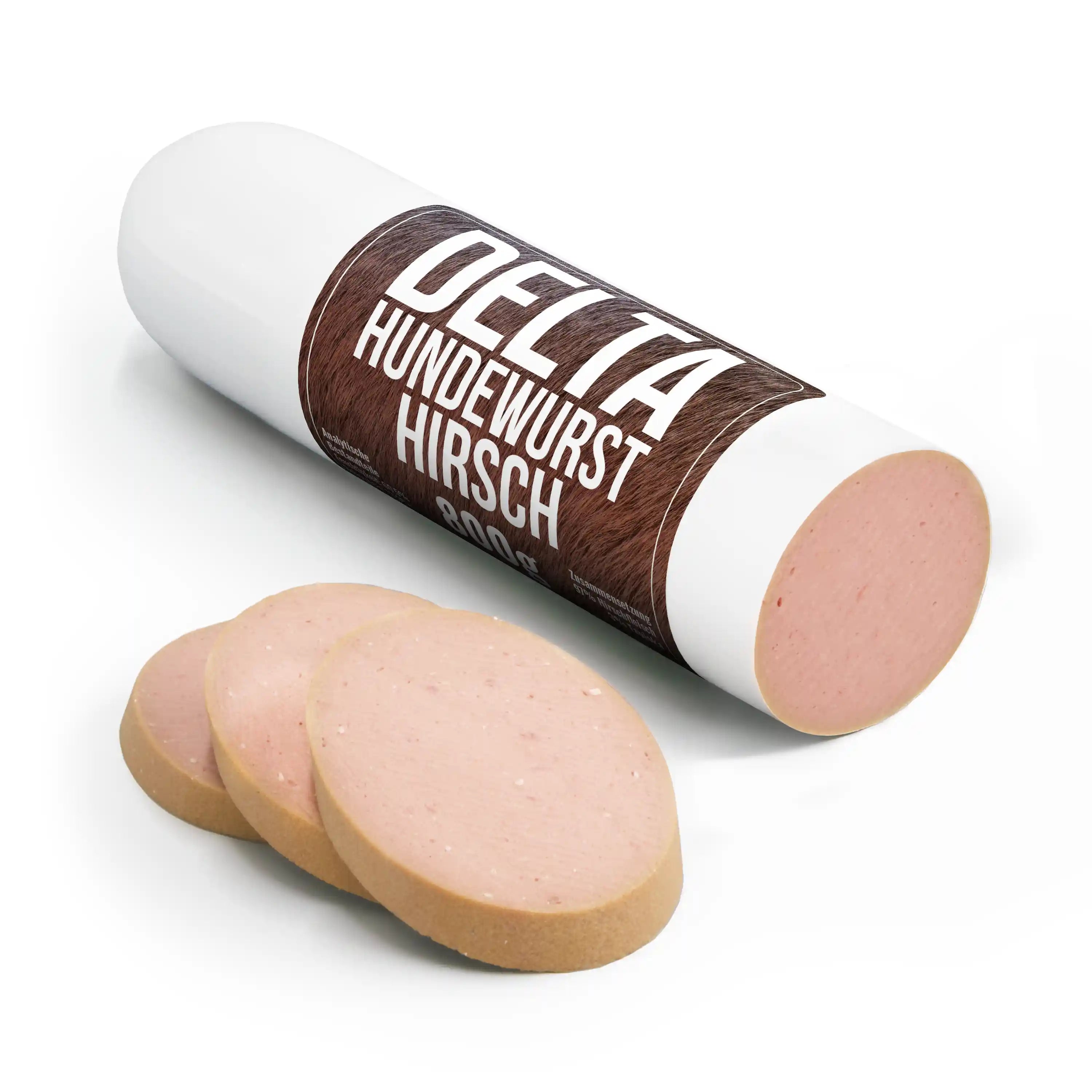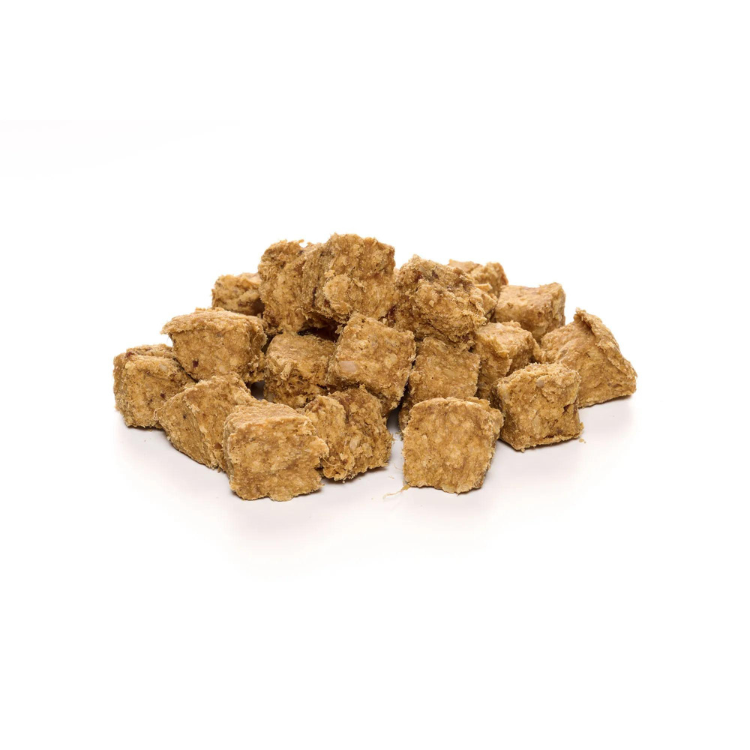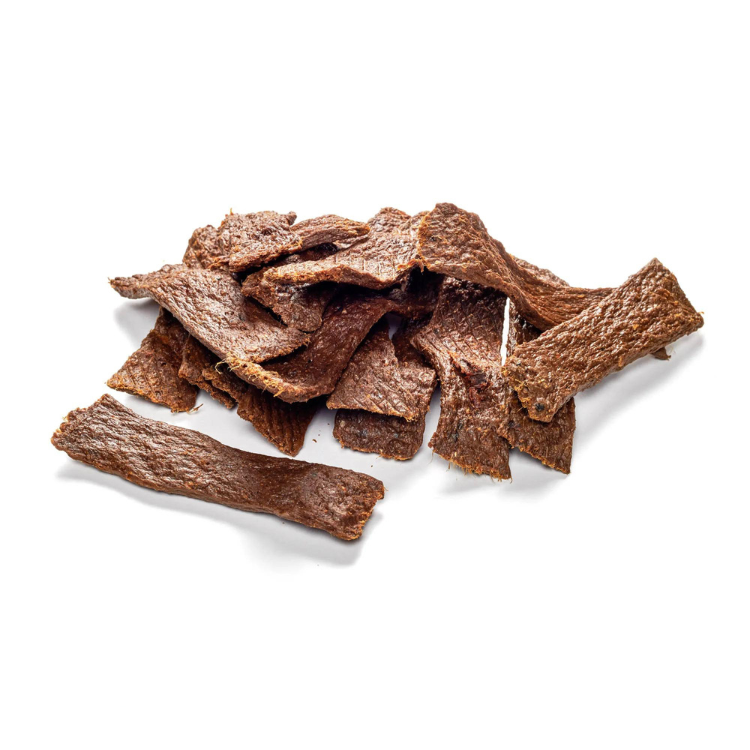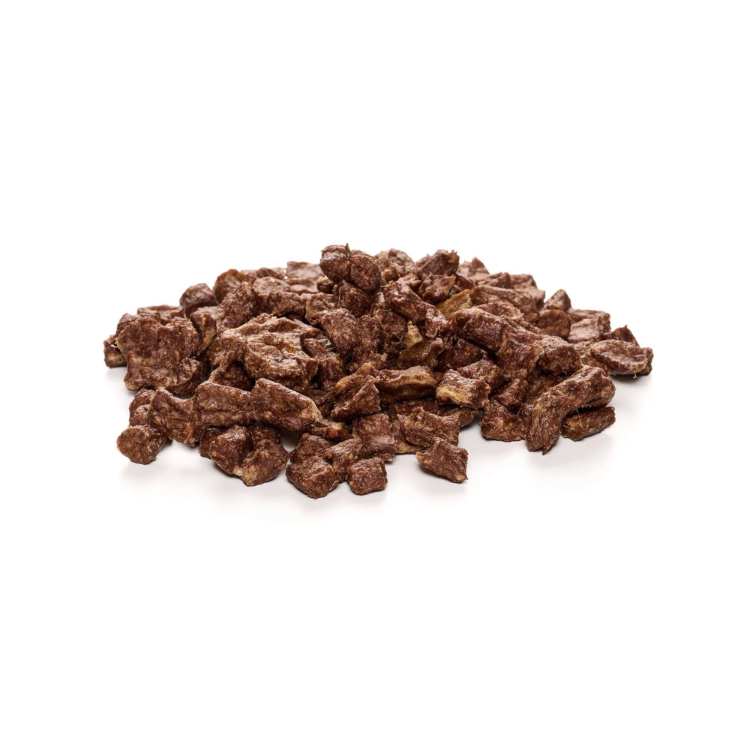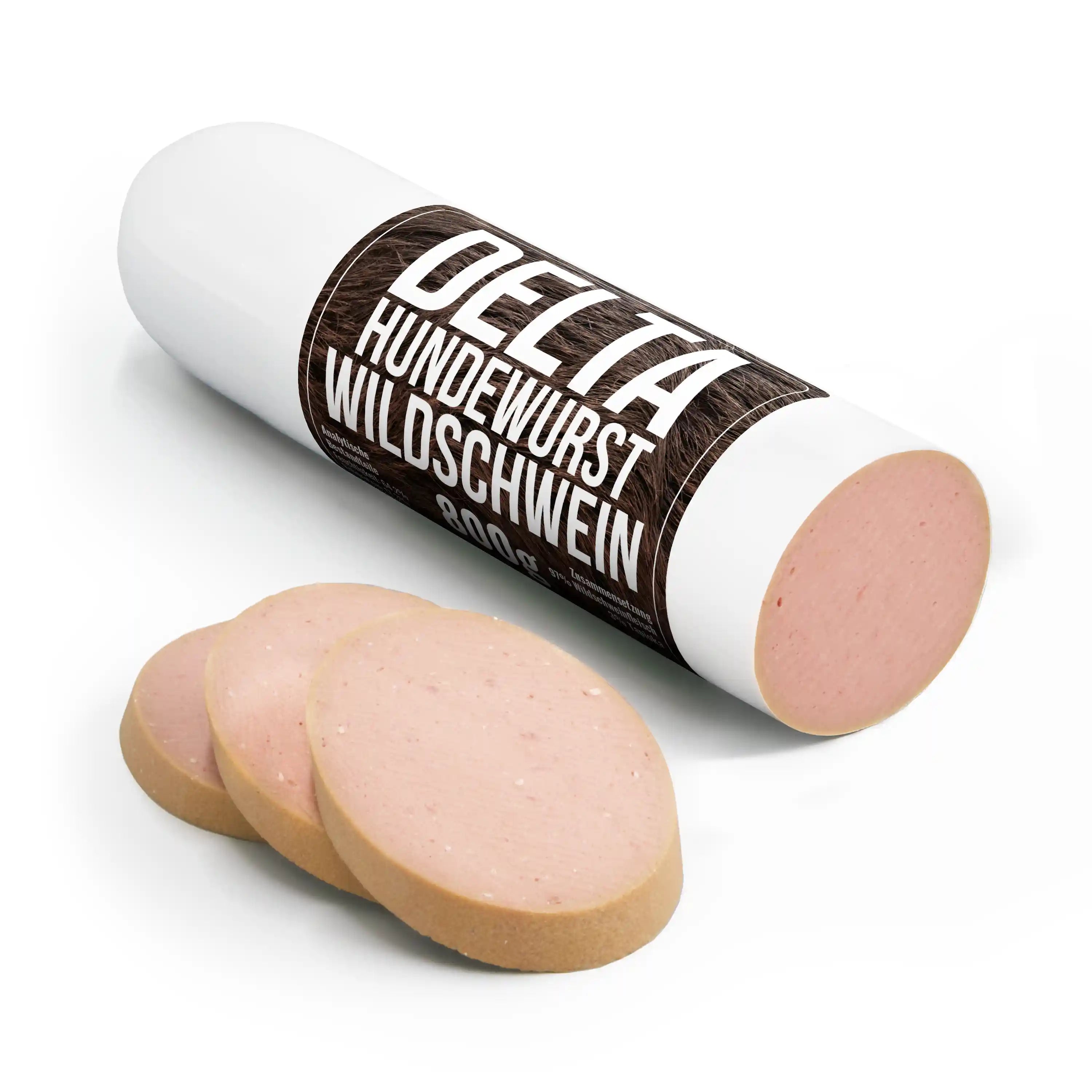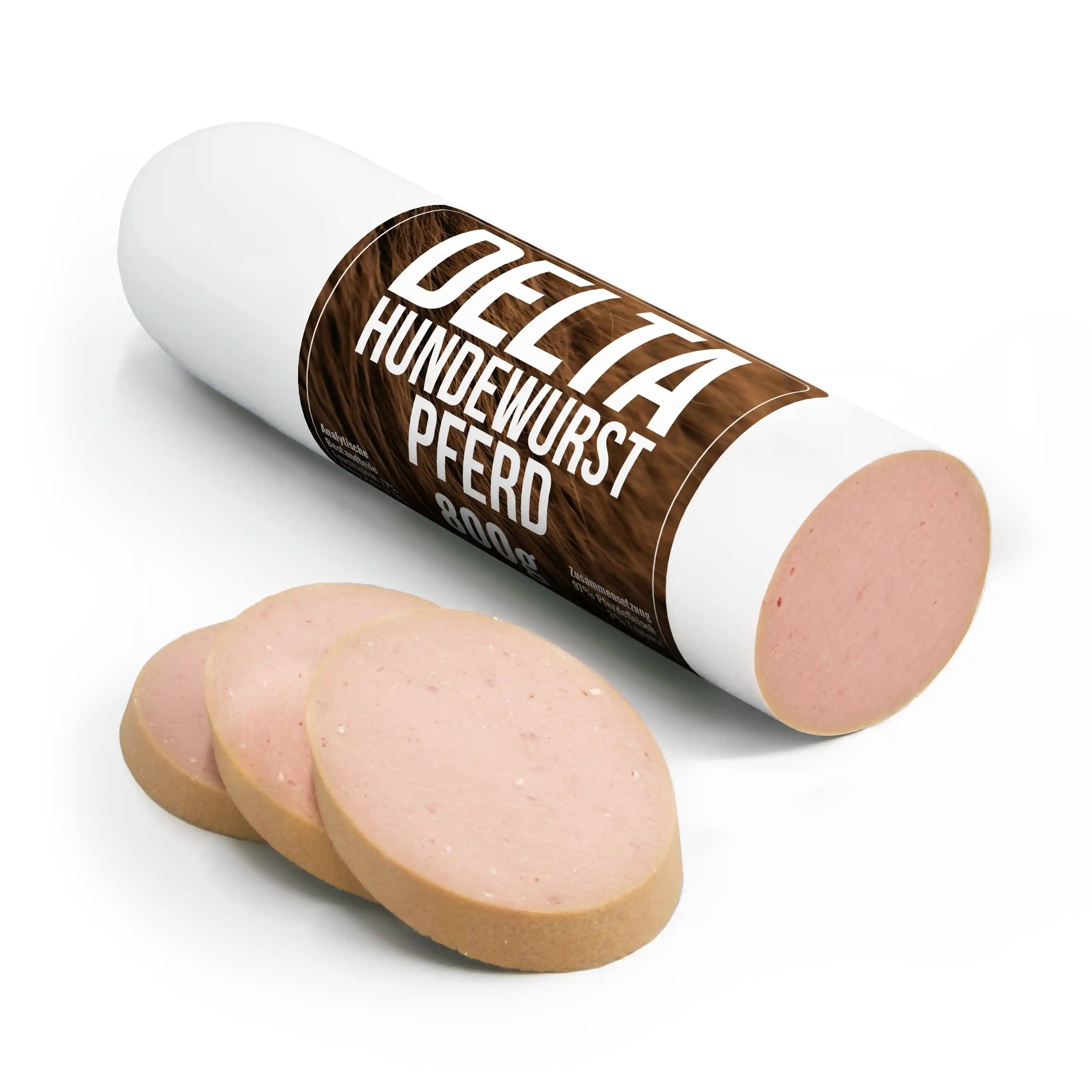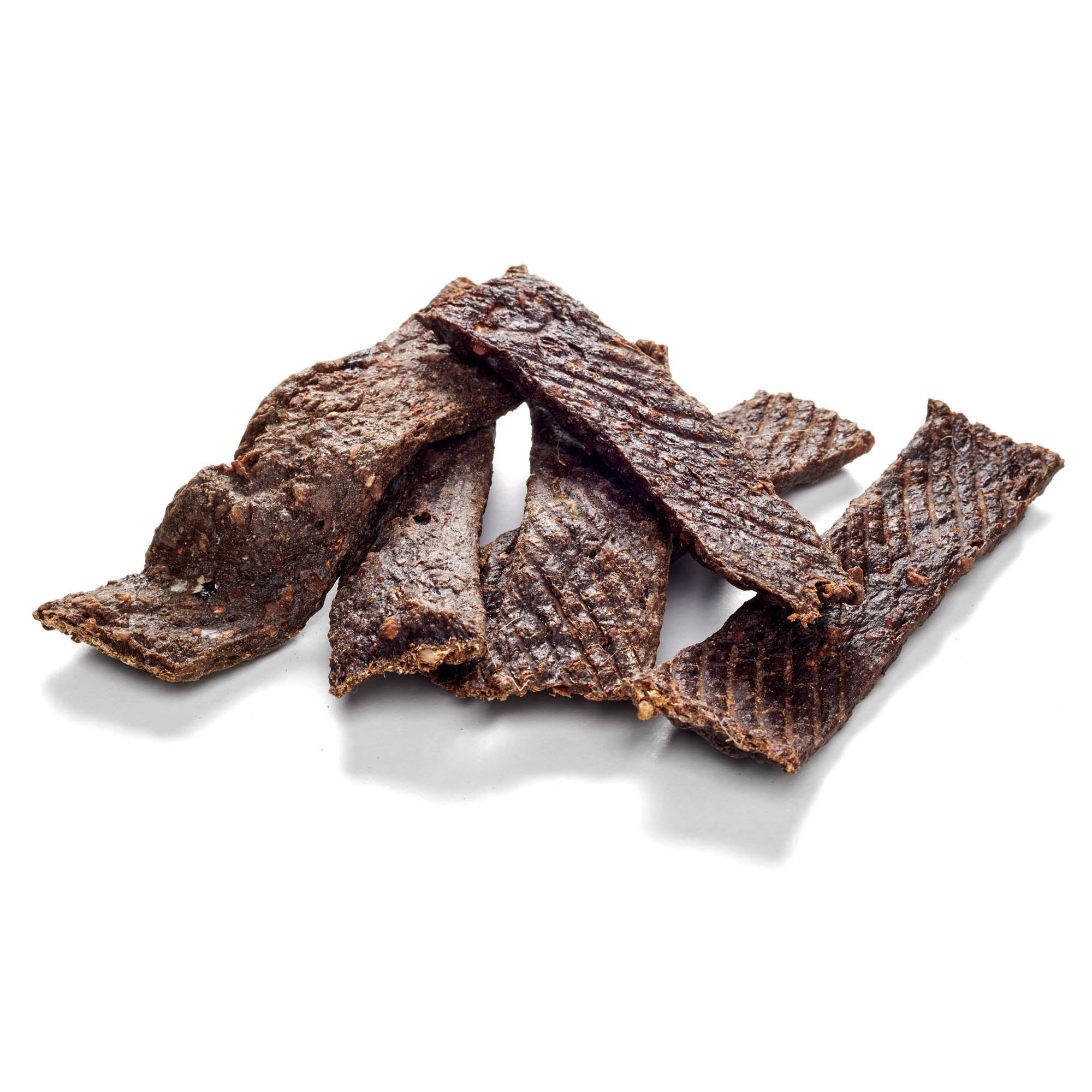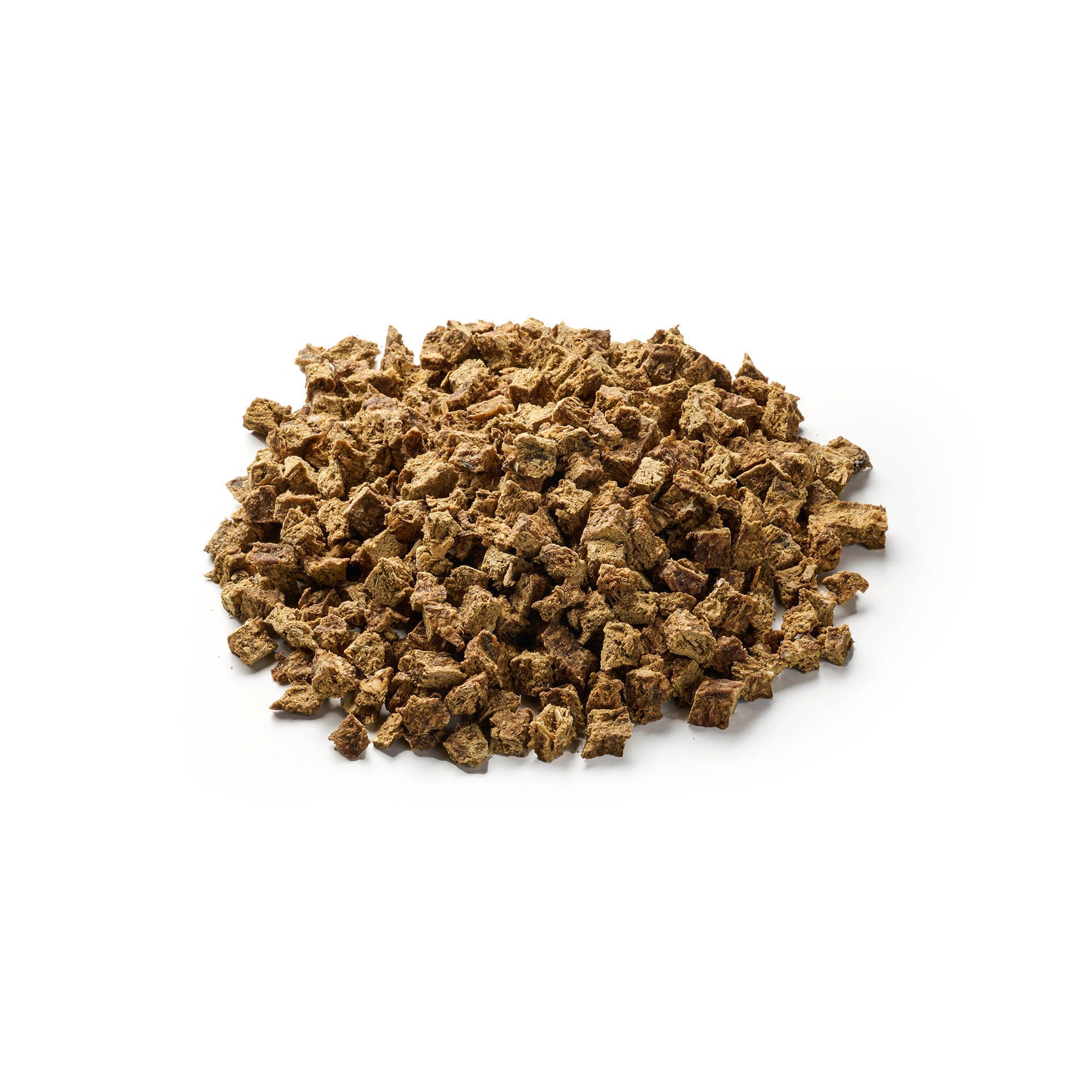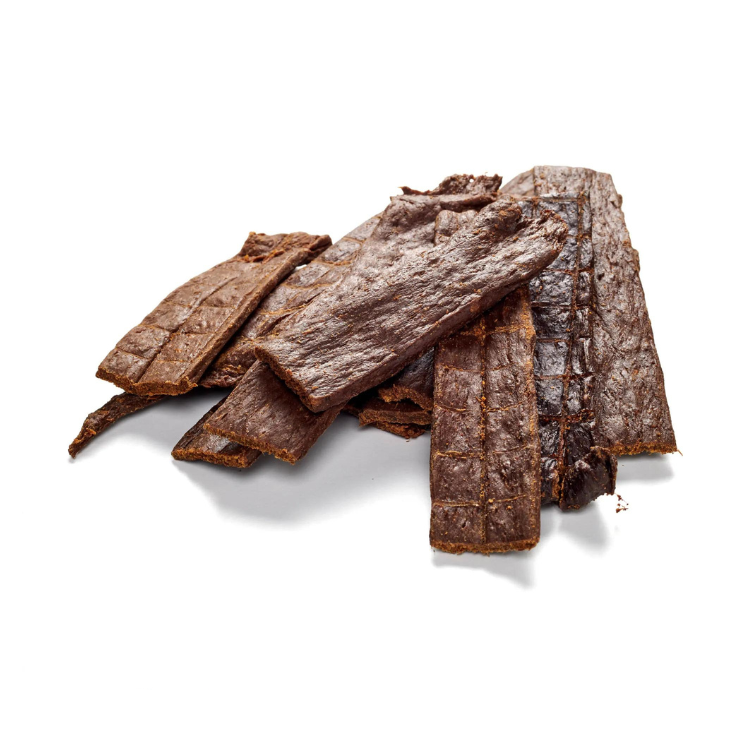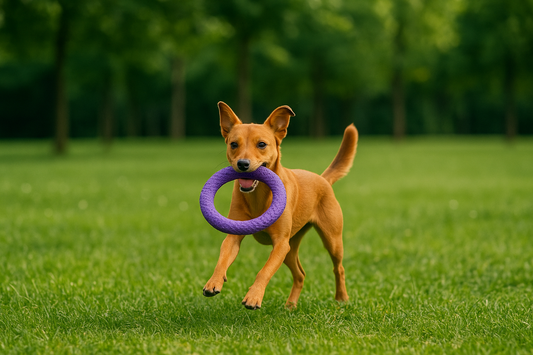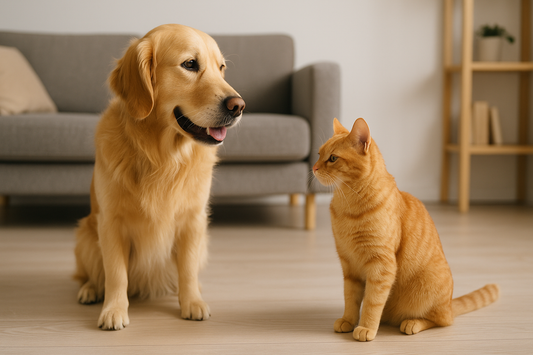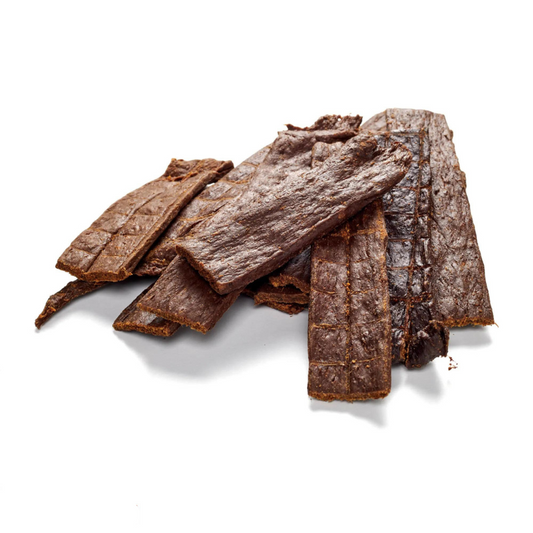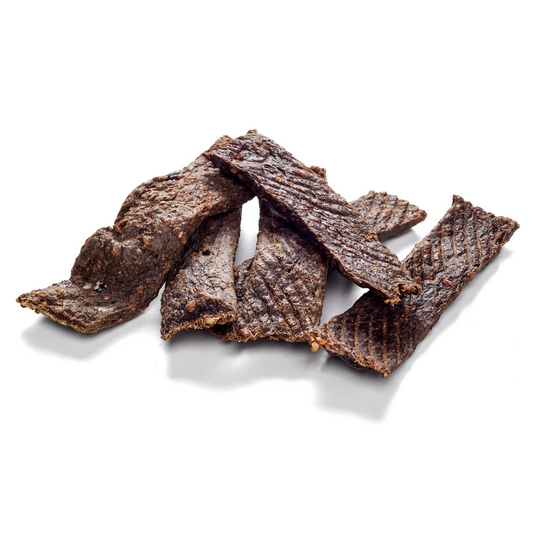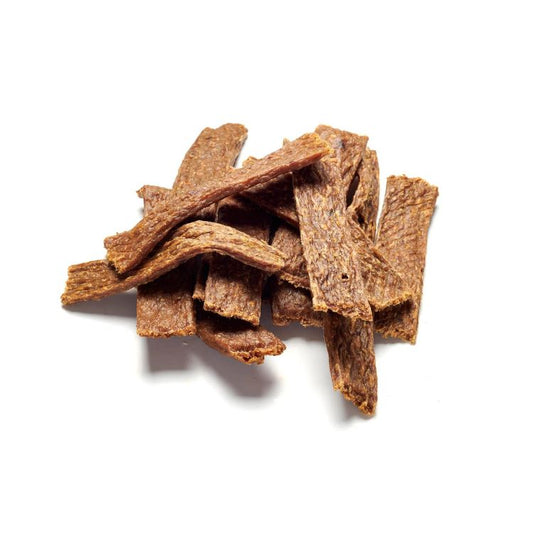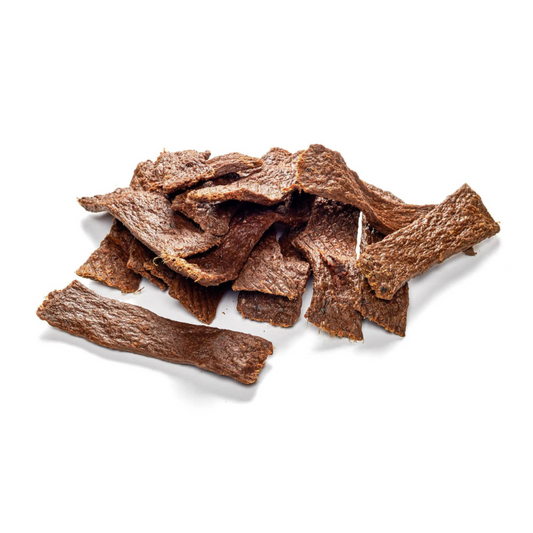
Alaskan malamute
Share
The Alaskan Malamute is a very special breed of dog. Some say it is a mix of cat and dog. There is even a saying that says: There are dogs and there are Alaskan Malamutes. They are loving and loyal, but also extremely demanding and stubborn. Alaskan Malamutes belong to the sled dog family and are therefore working animals of the cold north. Accordingly, these dogs have an extremely high level of energy and are recommended for more advanced dog owners.
Content: Alaskan Malamute
Reward your best friend with our dog treats!
Alaskan Malamute Profile
- Character: Loyal, Friendly, Playful
- Size: Large
- Height: 58-64 cm
- Weight: 34-43 kg
- Life expectancy: 10-12 years
- Coat type: Long hair
- Color: Black-white, beige-white, brown-white, gray-white, red-white
- Special features: Characteristic coat and mask fur pattern
- FCI Group: Spitz and primitive dogs – Nordic sled dogs
Alaskan Malamute - Special Characteristics
The Alaskan Malamute is the largest and strongest of the sled dog family. A compact build, broad shoulders and upright tail are characteristic of this breed, along with its thick coat. A thick undercoat and rough, protruding top coat protect it from extreme cold. The coat of the Alaskan Malamute can be of various colors, but a typical feature is the black "cap" on the head and a white face, which is often covered by a black "mask". The most common colors are light gray to black with shades of red and pure white on the lower body. It is easy to confuse it with the Husky at first glance, but it is larger and stronger than its Siberian relative.
It is a pack animal like no other dog breed. They are very social and are so happy to be with other dogs that they will occasionally howl loudly if their longing for their four-legged friends becomes too great. They are also happy to have human visitors and usually do not bark - which does make them a poor watchdog. Leaving this dog alone at home could therefore be a problem. The Alaskan Malamute is generally not a breed of dog that is suitable for a city apartment. If you do not keep them busy, they will do it themselves and this can cause major damage to the furniture.
On the one hand, they can be willing to work and obedient, but on the other hand, they are almost untrainable and stubborn dogs who are happy to run away if you are not careful. If you give them work, such as pulling a sled, they will follow your every command. It is therefore not easy to integrate the needs of an Alaskan Malamute into our everyday lives. If you decide to do it anyway, you must be aware of how much work such a working dog is. Not only can the constant exercise be a challenge, the demanding training will also require a lot of patience. This is especially true for the Alaskan Malamute, as is important for all other dog breeds. Coercion or violence will not get you anywhere.
Alaskan Malamute - Nutrition
As always, it is recommended to use high-quality food without sugar and wheat. It does not matter whether the food is wet or dry. However, it should have a high meat content and a protein content of over 26%. Puppies should be fed three times a day, while two meals a day are enough for young and adult dogs. Tripe , bones or fresh meat are a good and healthy change. One rule of thumb should always be followed: "If more comes out the back than goes in the front, there is something wrong with the food." After eating, play should be allowed for a maximum of half an hour, followed by a rest period. It is important that your dog does not play or go on long runs at first, because dry food in particular swells up in the stomach.
Alaskan Malamutes should also have something to chew on outside of feeding times. Your furniture will thank you. Young dogs in particular, teething, will otherwise chew on every table leg. This is not only bad for the furniture, it also leads to some strange finds in the droppings.
Much more important than food, however, is drinking water. When going on excursions, people often forget to take extra water for their dogs. There is not always a water source available. In the far north, sled dogs are watered before they set off on a long tour. Two hours before the start, the dogs are given as much water as possible to ensure that it lasts for a while. There are a few tricks you can use to convince the dogs to drink around a litre of water. The water can be made more tasty with broth or fish, or you can put sardines or tuna marinated in oil at the bottom of the water bowl. If the dogs want the treat, they have to drink the water first.
Another tip about treats, because they can really add up and many dog owners lose track of how many treats they actually feed during the day. Every time you give your dog a treat, put another one in a separate bag. That way, at the end of the day, you can see how much it was and get a better feel for it.
Treat your dog to something special with our chew products!
Alaskan Malamute - Health and Care
Anyone who gets an Alaskan Malamute can prepare for a hairy future. This breed of dog sheds a lot of fur in spring and autumn - which is no surprise given the magnificent coat. To counteract this, these dogs should be brushed daily. If the fur is wet and dirty, it is best to wait until it is dry. The Alaskan Malamute only needs bathing when it is really dirty. Make sure to use a mild dog shampoo. There are ear cleaners and claw trimmers available in specialist shops or online to clean the ears and claws.
Dental care is also important. Of course, you can brush your dog's teeth. However, it is best to pay attention to this issue when feeding your dog. You can do a lot for your dog's dental health in a natural way. If dogs are given a beef bone, coffee root chews, fresh muscle meat or other solid chews without sugar every now and then when they are still puppies, their teeth will clean themselves as they gnaw.
Important: only uncooked bones and NEVER from chicken or pork, as these can splinter and cause serious injuries.
Alaskan Malamute - Origin & History
The Alaskan Malamute is an original dog breed that has lived alongside humans in the Arctic Circle region for thousands of years. It is considered the origin of the sled dog family and takes its name from the Inuit Mahlemiut people. The inhabitants of Alaska are particularly dependent on sled dogs before the invention of the snowmobile and even today. But they were and are also used for hunting or as guard dogs to protect against polar bears. Sled dog sport was practiced from 1900 onwards and is still a popular sport with its own umbrella organization. In 1935 the breed standards were set for the first time and the Alaskan Malamute was recognized by the American Kennel Club. The FCI (Federation Cynologique Internationale) followed suit in 1963.
Alaskan Malamutes bred today are slimmer than their ancestors and, contrary to persistent prejudices, feel comfortable in warmer regions. However, due to their thick fur, they cannot perform at their best in midsummer, even if they lose their undercoat in summer.
Alaskan Malamute - The right accessories
Anyone who decides to get an Alaskan Malamute has big plans. Training a dog is never easy, but with this breed of dog it is particularly challenging due to its original and wild nature. On top of that, it has an enormous drive, which will mean that you will spend a large part of your day on long walks. And that's a good thing, because the less time you spend in your own four walls, the less dog hair you have to clean up. Also, be prepared to be constantly approached. The questions range from "is that a husky" to accusations that this breed of dog belongs in colder climes. If none of these things put you off, the Alaskan Malamute can be a loyal partner and win over every heart with its loving and social nature.
Spoil your four-legged friend with our delicate chew items!

